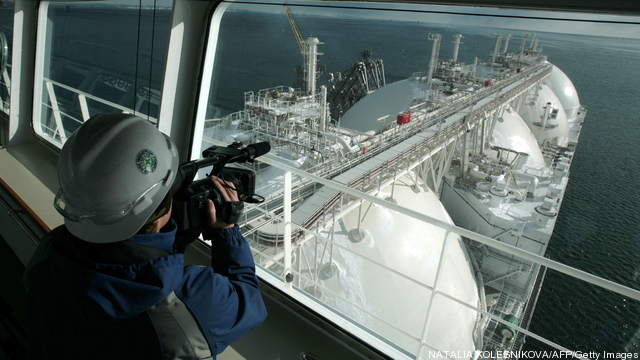It is difficult to exaggerate the scale of the changes that the burgeoning natural gas and oil production in the US are setting in motion, so some numbers help set the tone. Numbers like $50 million a mile, and $70 billion a year.
Those are two of the figures cited by Manhattan Institute senior fellow Robert Bryce, who writes about and studies the energy sector for the think tank. Breaking Energy spoke with him at the US Association for Energy Economics conference in Austin, Texas in November, and he detailed some of the opportunities and the challenges for the natural gas sector. Keep reading →







